|
Yunfan Ye (叶云帆) is an Assistant Professor in School of Design, Hunan University (HNU), China. I earned my Ph.D. degree in December 2023 in National University of Defense Technology, under the supervision of Prof. Zhiping Cai and Prof. Kai Xu in iGrape Lab. I got my Master's degree in Computer Science in 2019 from Stevens Institute of Technology, and Bachelor's degree in Computer Science in 2017 from Xiamen University, China. |
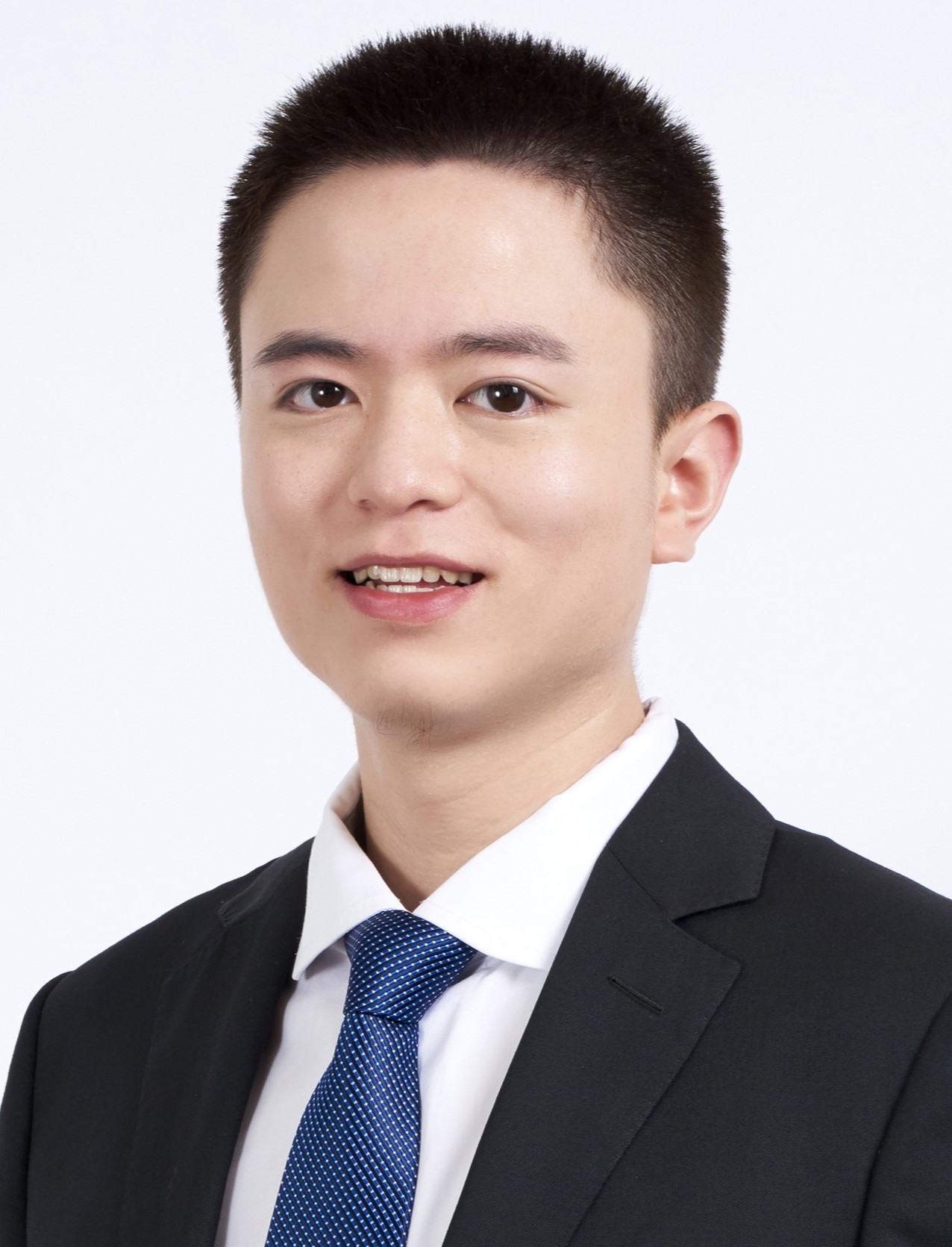
|
|
智能设计方法 (Intelligent Design Method) [Code] 数据可视化 (Data Visualization) [Project Page] |
|
My research interest mainly include computer vision and graphics, intelligent design and their applications, especially edge detection, neural radiance field. The representative papers are highlighted. |
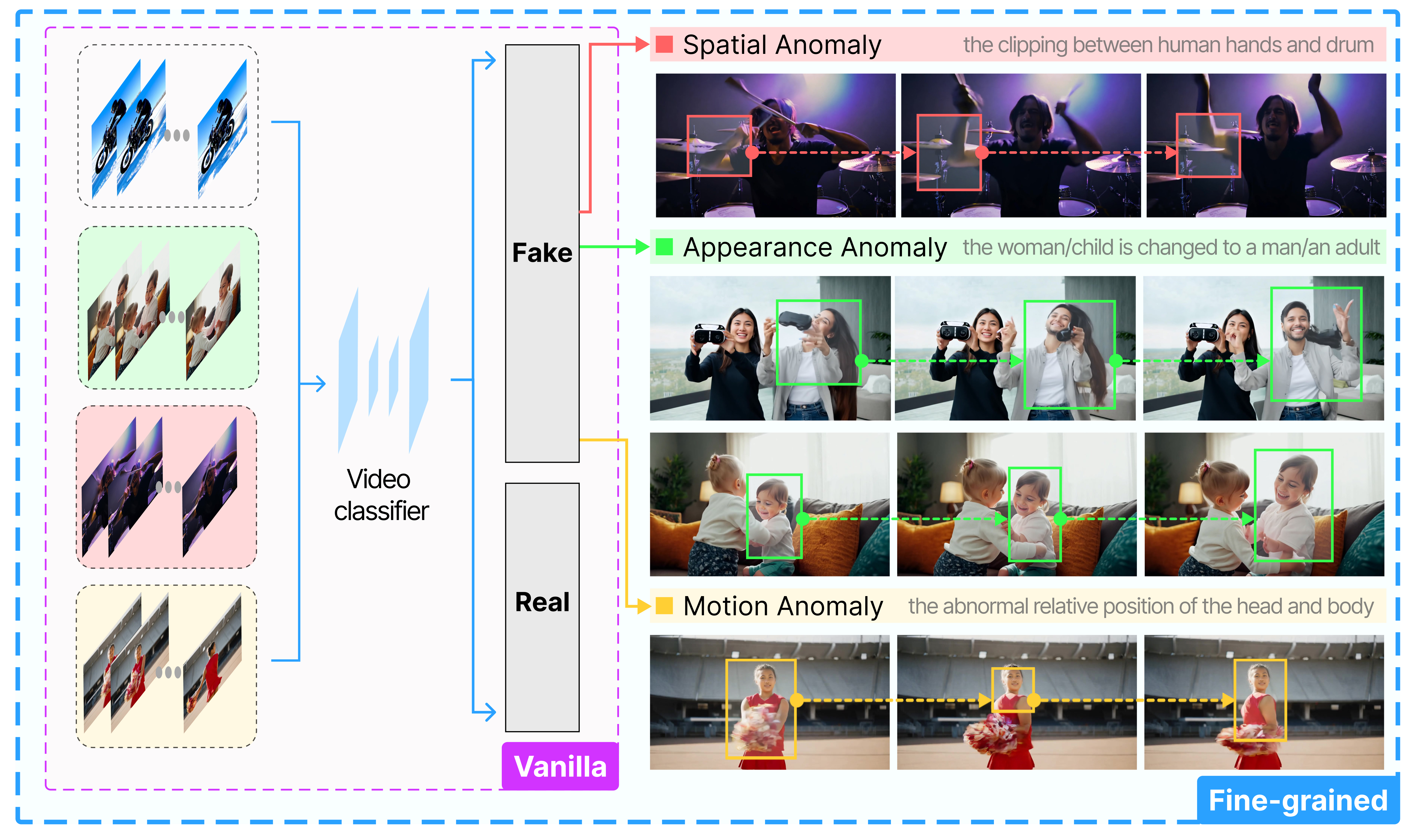
|
Chang Liu*, Yunfan Ye*, Fan Zhang, Qingyang Zhou, Yuchuan Luo, Zhiping Cai ICCV, 2025 [Project Page] [Paper] Numerous synthesized videos from generative models, especially human-centric ones that simulate realistic human actions, pose significant threats to human information security and authenticity. While progress has been made in binary forgery video detection, the lack of fine-grained understanding of forgery types raises concerns... |
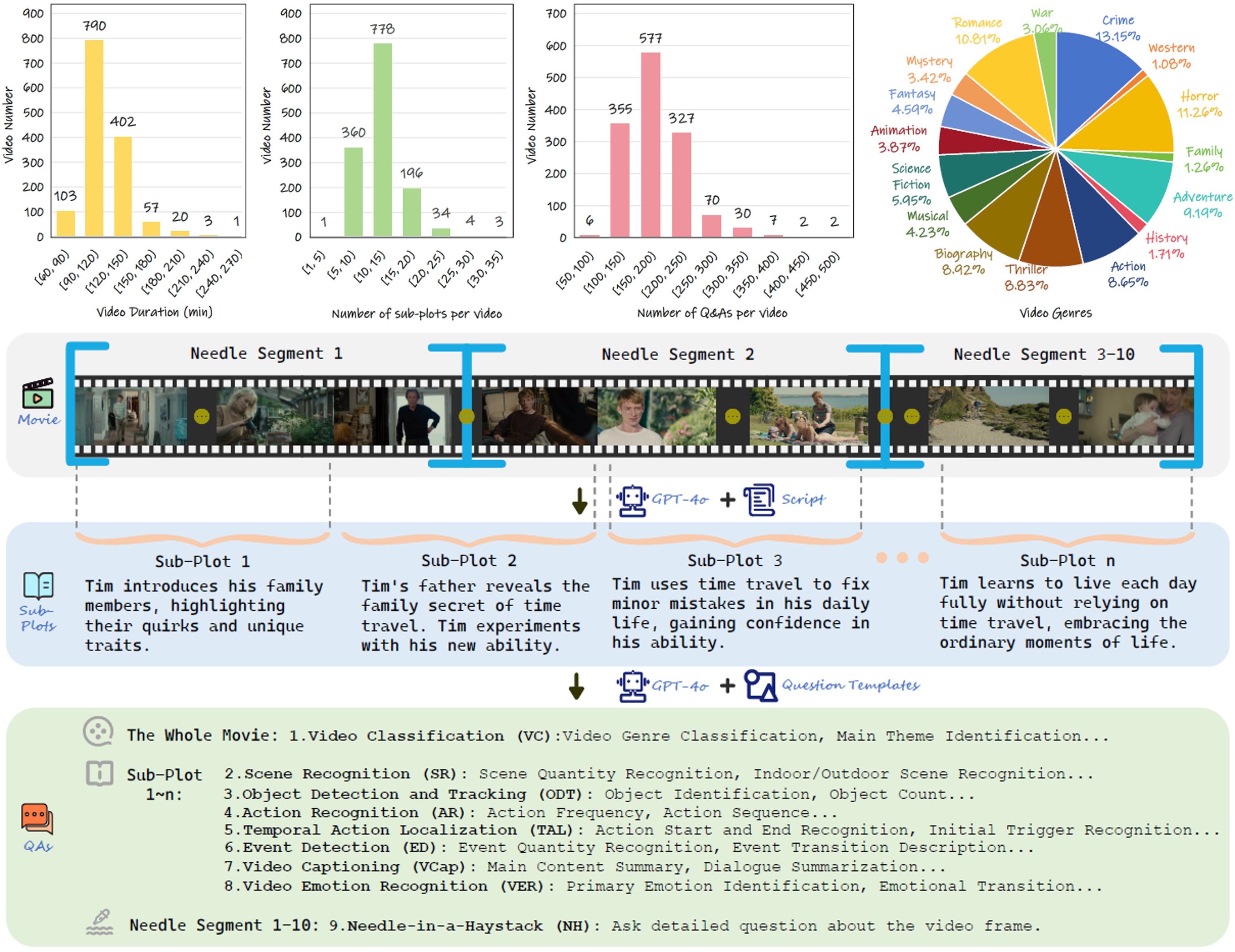
|
Xichen Tan, Yuanjing Luo, Yunfan Ye, Fang Liu, Zhiping Cai AAAI, 2025 [Paper] [Dataset] From image to video understanding, the capabilities of Multimodal LLMs (MLLMs) are increasingly powerful. However, most existing video understanding benchmarks are relatively short, which makes them inadequate for effectively evaluating the long-sequence modeling capabilities of MLLMs... |
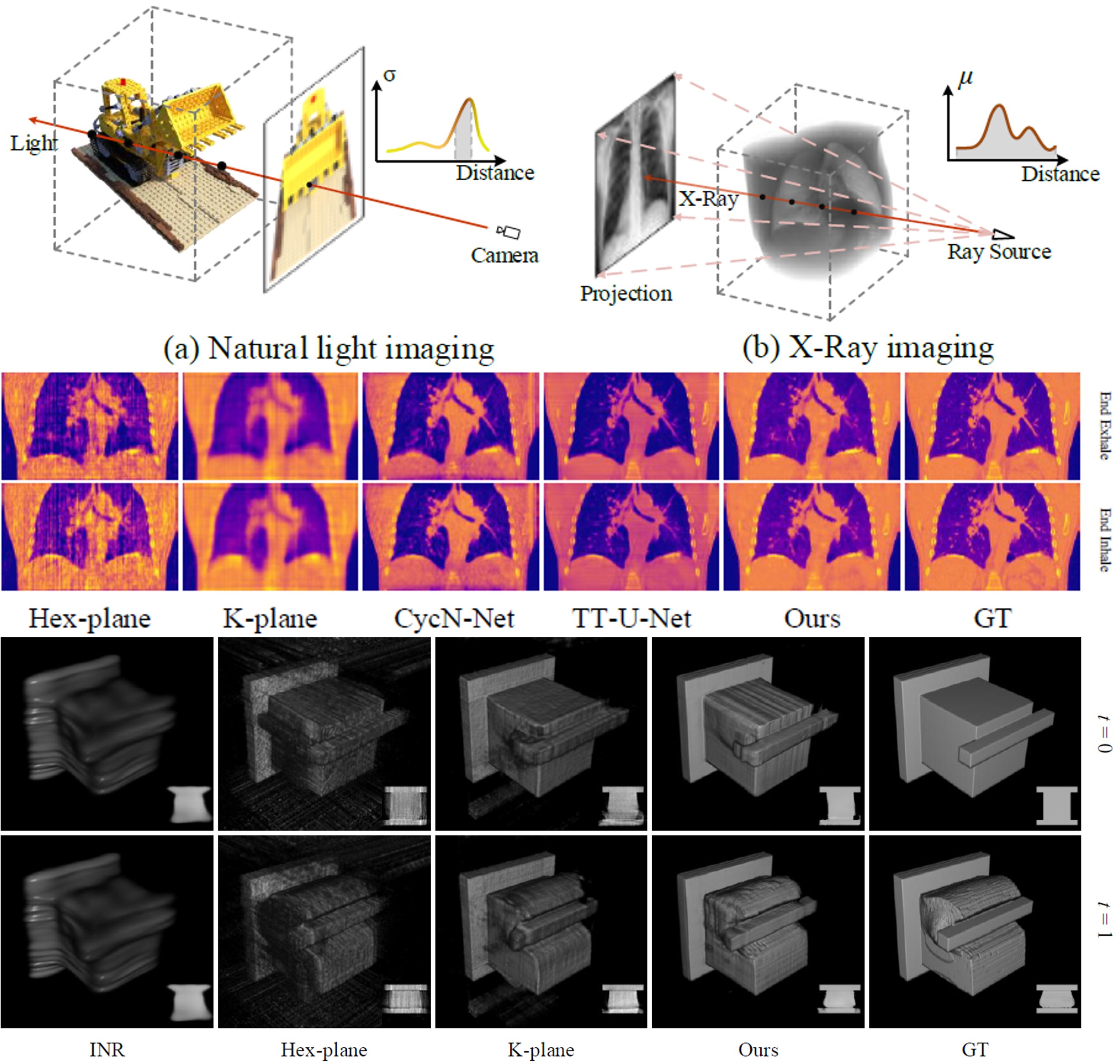
|
Qingyang Zhou, Yunfan Ye†, Zhiping Cai AAAI, 2025 [Paper] [Project Page] We propose a dynamic Computed Tomography (CT) reconstruction framework called STNF4D (SpatioTemporal-aware Neural Fields). First, we represent the 4D scene using four orthogonal volumes and compress these volumes into more compact hash grids. Compared to the plane decomposition method, this method enhances the model’s capacity while keeping the representation compact and efficient... |
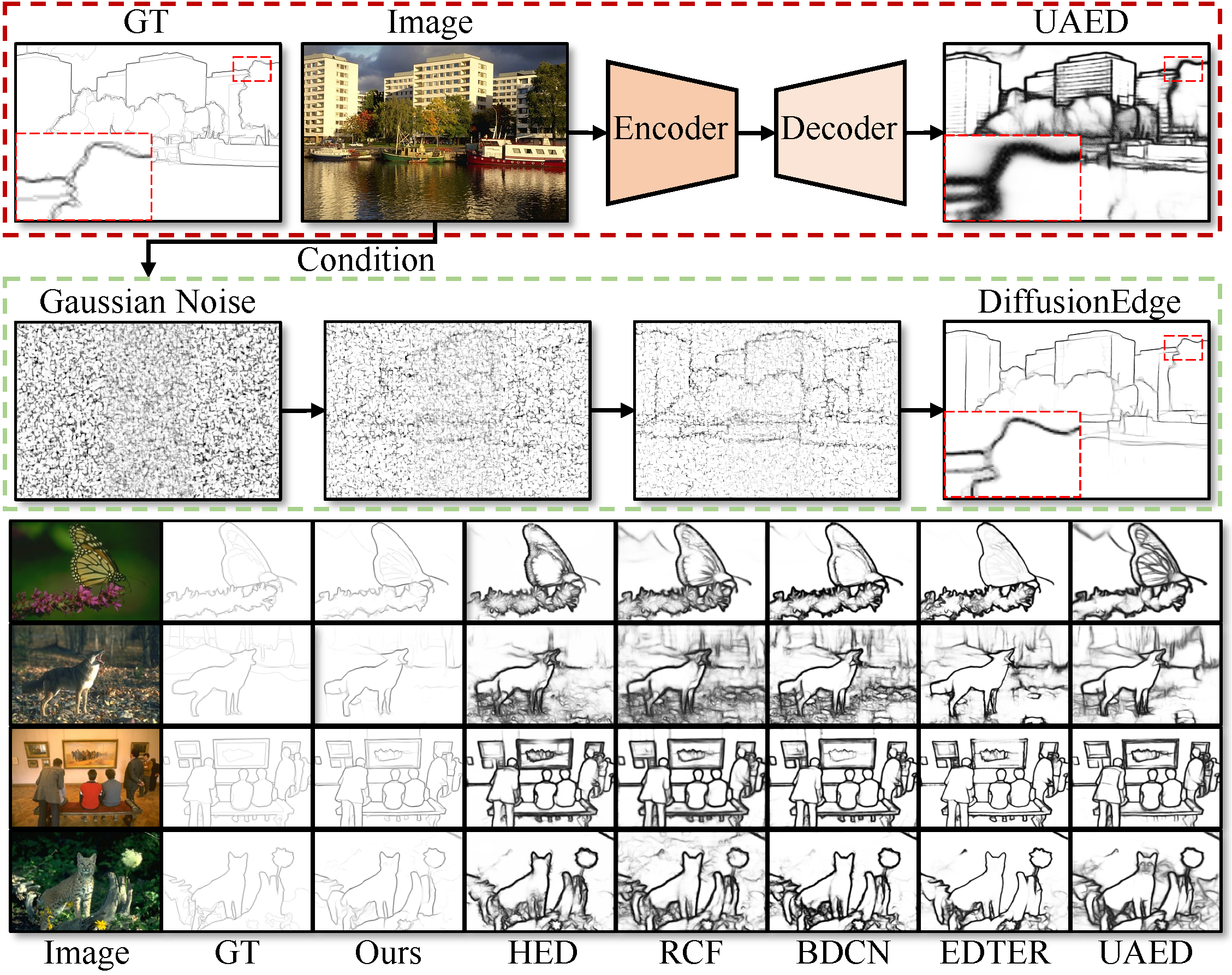
|
Yunfan Ye*, Kai Xu*, Yuhang Huang†, Renjiao Yi, Zhiping Cai AAAI, 2024 [Paper] [Code] [News] Limited by the encoder-decoder architecture, learning-based edge detectors usually have difficulty predicting edge maps that satisfy both correctness and crispness. With the recent success of the diffusion probabilistic model (DPM), we found it is especially suitable for accurate and crisp edge detection... |
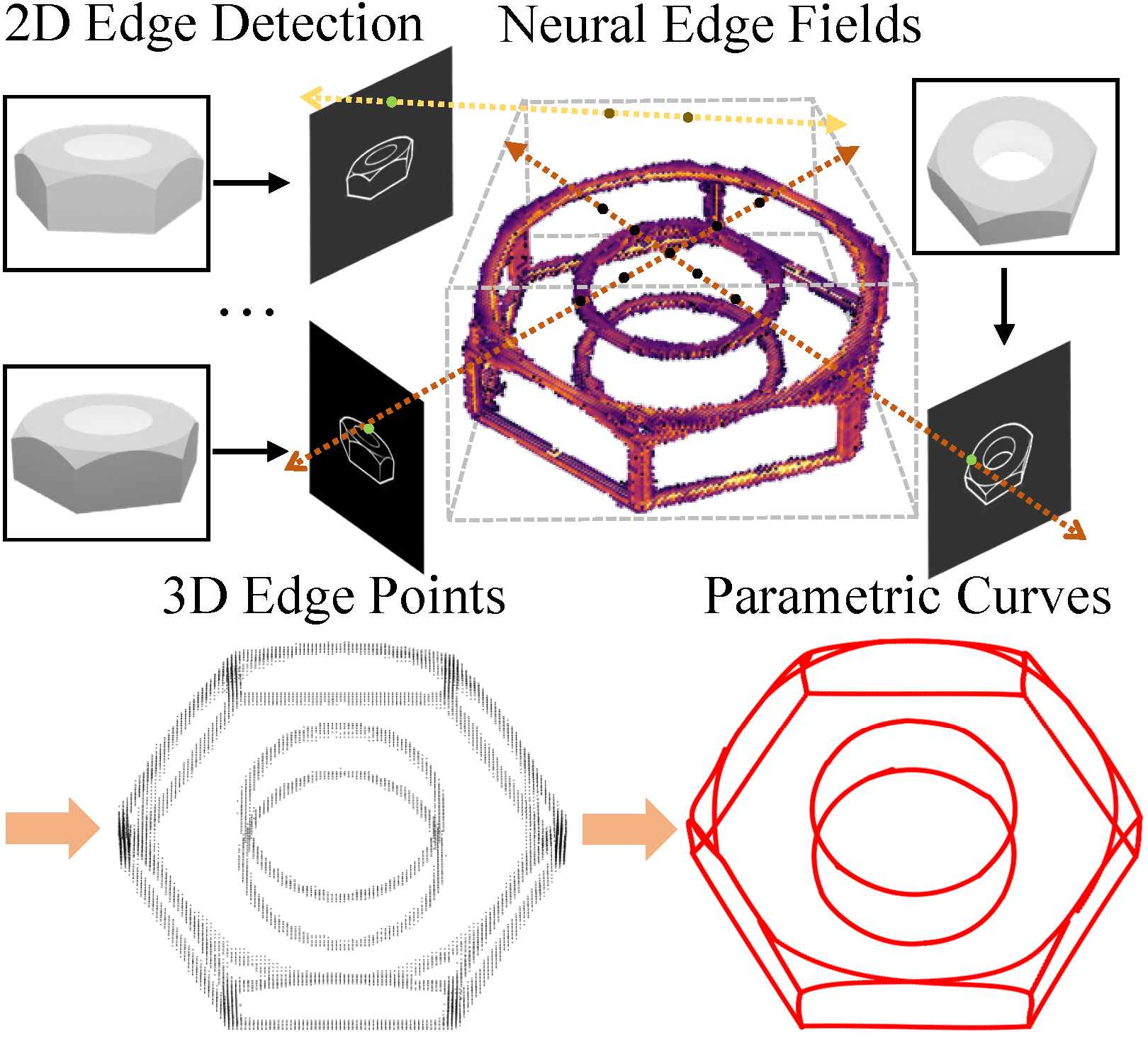
|
Yunfan Ye, Renjiao Yi, Zhirui Gao, Chenyang Zhu, Zhiping Cai, Kai Xu† CVPR, 2023 [Paper] [Code] [Project Page] We study the problem of reconstructing 3D feature curves of an object from a set of calibrated multi-view images. To do so, we learn a neural implicit field representing the density distribution of 3D edges which we refer to as Neural Edge Field (NEF). Inspired by NeRF... |
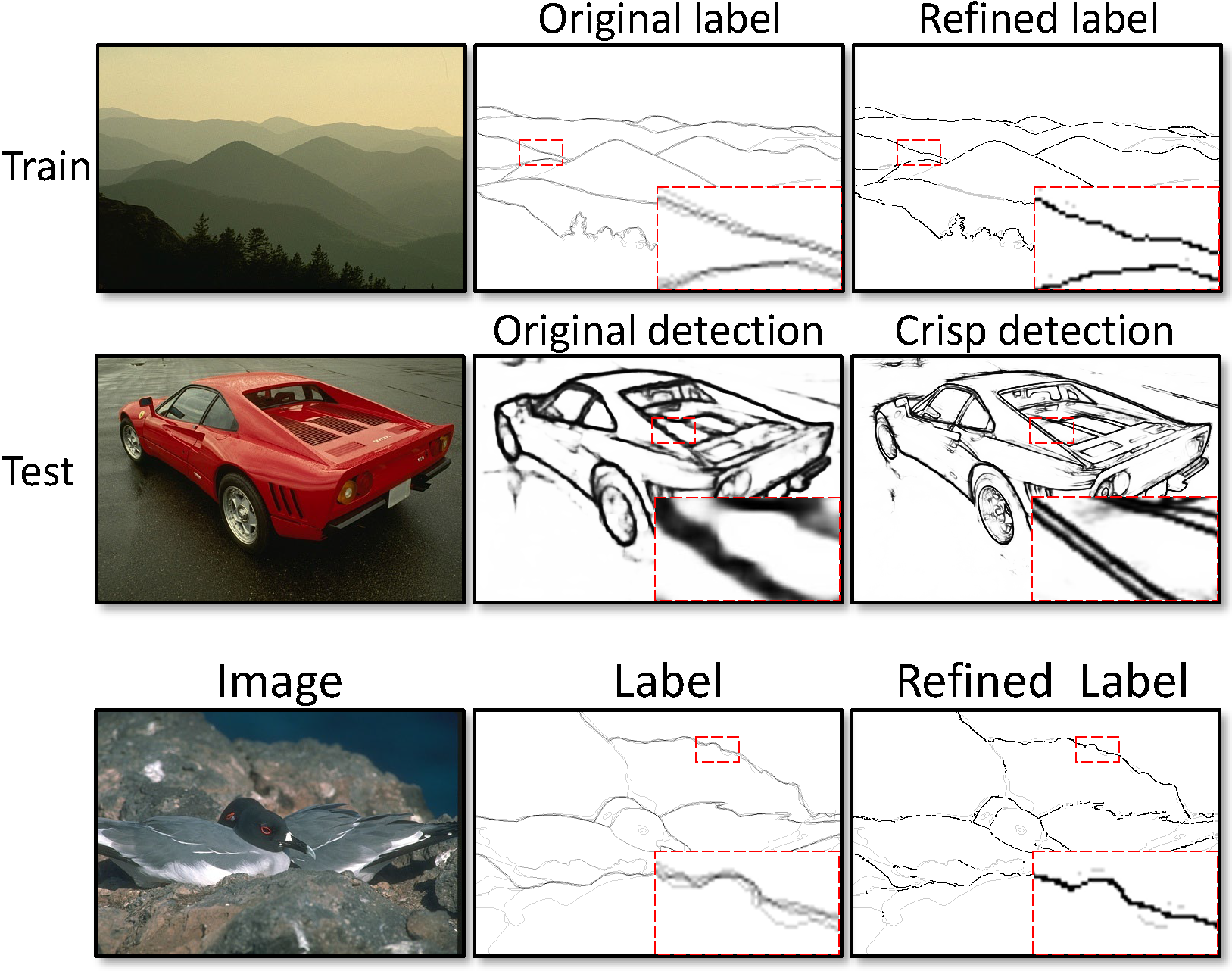
|
Yunfan Ye, Renjiao Yi, Zhirui Gao, Zhiping Cai†, Kai Xu† IEEE TIP, 2023 [Paper] [Code] Learning-based edge detection usually suffers from predicting thick edges. Through extensive quantitative study with a new edge crispness measure, we find that noisy human-labeled edges are the main cause of thick predictions... |
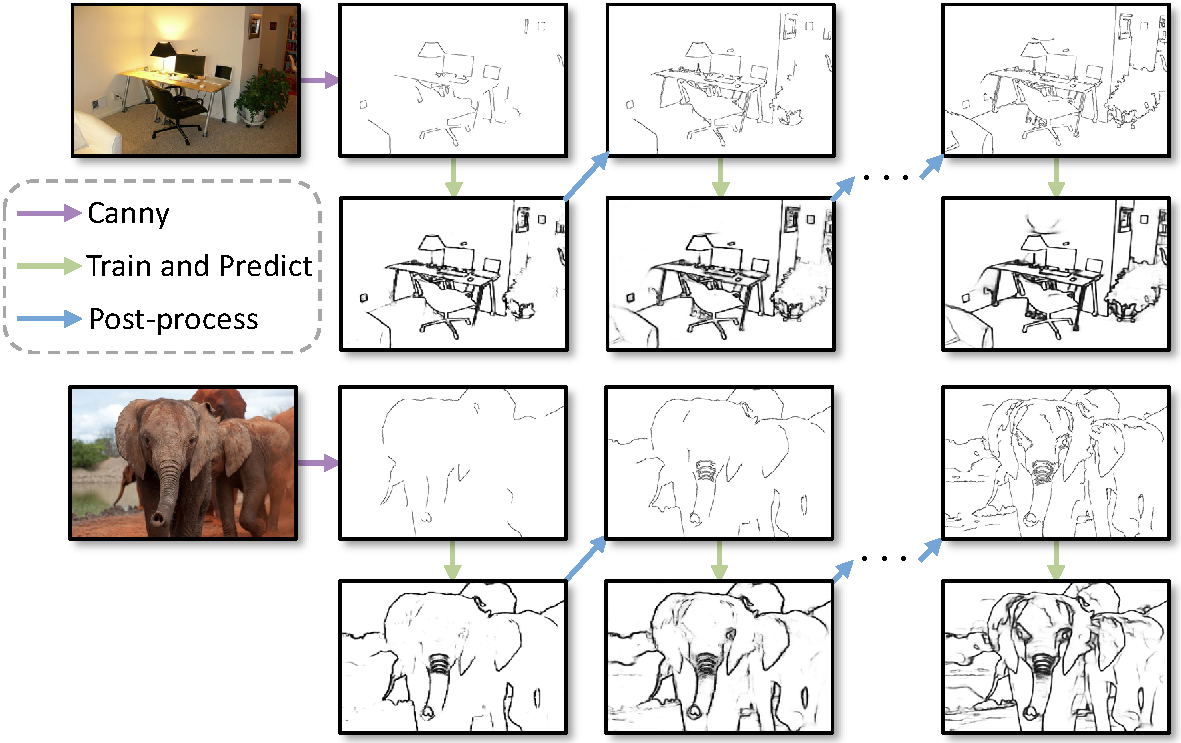
|
Yunfan Ye*, Renjiao Yi*, Zhiping Cai†, Kai Xu† IEEE TNNLS, 2023 [Paper] [Code] Learning-based edge detection has hereunto been strongly supervised with pixel-wise annotations which are tedious to obtain manually. We study the problem of self-training edge detection, leveraging the untapped wealth of large-scale unlabeled image datasets... |
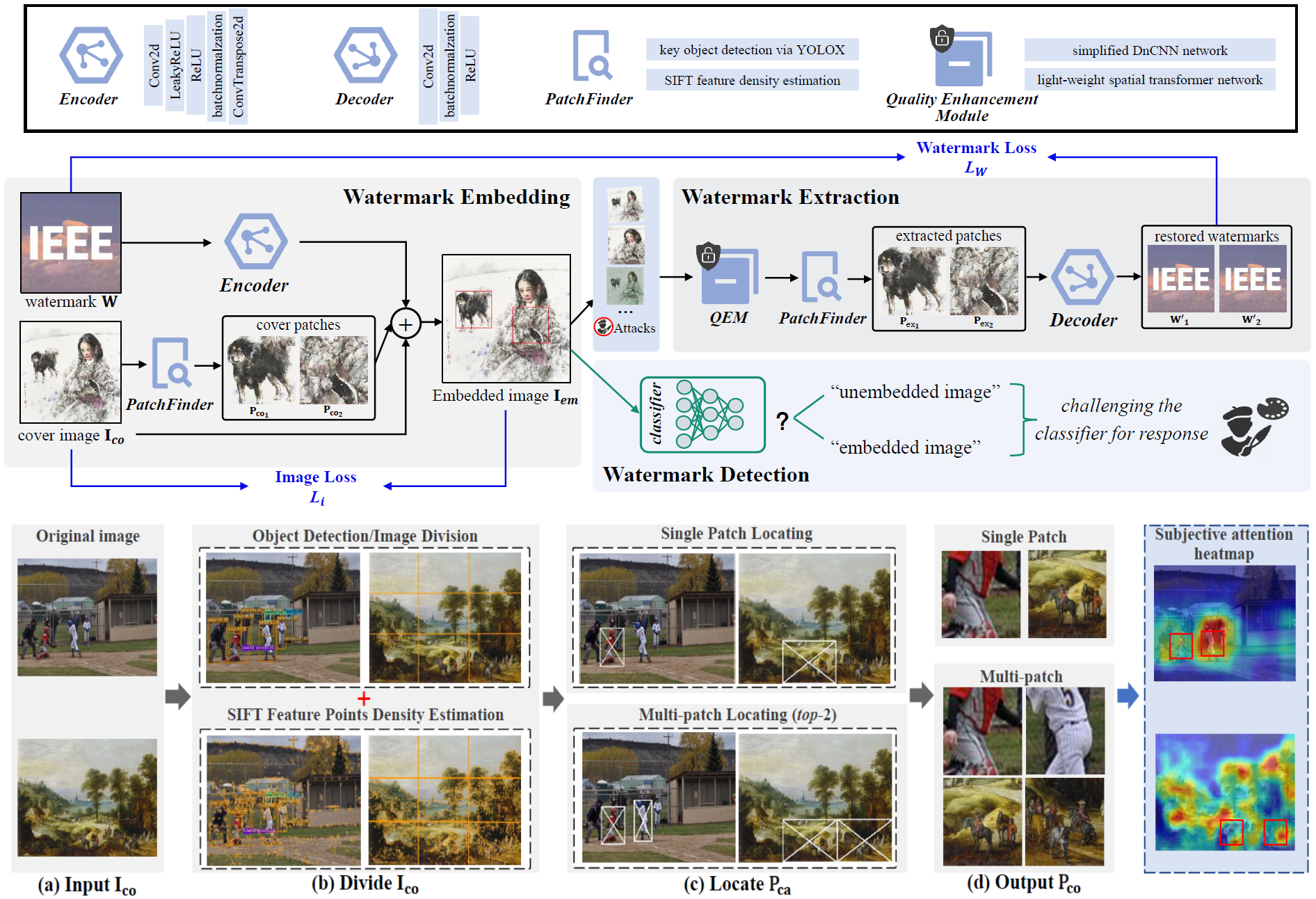
|
Yuanjing Luo*, Tongqing Zhou*, Shenglan Cui, Yunfan Ye, Fang Liu†, Zhiping Cai IEEE TCSVT, 2023 [Paper] [Code] Increasing artwork plagiarism incidents stresses the urgent need for proper copyright protection on behalf of the creators. The latest development in this context focuses on embedding watermarks via deep encoder-decoder networks... |

|
Zhirui Gao, Renjiao Yi, Zheng Qin, Yunfan Ye, Chenyang Zhu, Kai Xu† Computational Visual Media Journal (CVMJ) [Paper] [Code] Template matching is a fundamental task in computer vision and has been studied for decades. It plays an essential role in manufacturing industry... |

|
Baoying Zheng, Fang Liu†, Mohan Zhang, Tongqing Zhou, Shenglan Cui, Yunfan Ye, Yeting Guo Multimedia System [Paper] When viewing ancient artworks, people try to build connections with them to ‘read’ the correct messages from the past. A proper descriptive caption is essential for viewers... |
Source code from Jon Barron's website